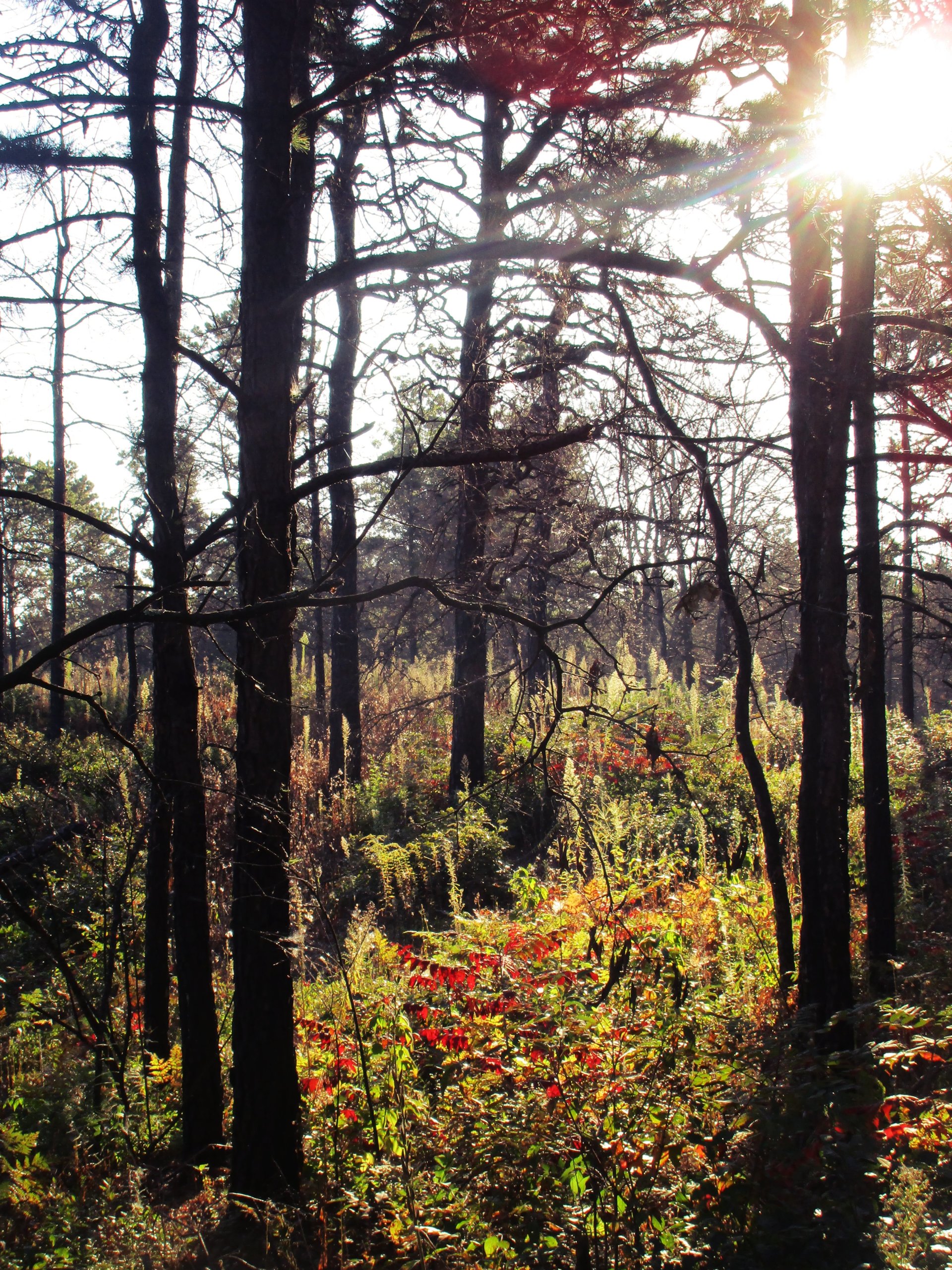by Tom Ellis
ALBANY: Gary Feinland, environmental program specialist for the NYS Department of Environmental Conservation (DEC), was the speaker at the May 20 SPB dinner. He spoke about Anaerobic Digestion and Composting of Organics. His appearance was arranged by Tim Truscott who wrote an excellent article about this topic in the May/June Save the Pine Bush Newsletter.
Prior to Tim’s introduction of Gary, I said that Albany County Controller Michael Connors delivered his annual report on the county’s finances at the county legislature’s may 11 meeting. He recommended the county focus on a resource recovery program saying, “It is possible to divert more than ninety percent of the waste stream from landfills.” Gary responded to my comment saying resource recovery could mean incineration and it is possible to divert or destroy more than ninety percent of the waste stream using incineration.
Gary said he has been at DEC for 15 years, 13 in solid waste; he educates on organics diversion and works in the Albany office. He said DEC is trying to replace the term “waste” with “materials recovery” to emphasize that discarded materials can be used again.
Organics, he said, make up thirty percent of the discarded materials in New York. Only one percent (30,000 tons) of food scraps are recycled (composted) while about 65 percent of yard wastes are. Food wastes have a very low composting rate because they are often smelly, much more difficult to collect than yard wastes, and must be managed daily.
At the top of the six-step food recovery hierarchy are source reduction (encouraging people to eat all or nearly all the foods they purchase) and feeding the hungry. DEC and others have resources to help educate people on how to reduce the amount of food we buy, don’t eat, and throw away. He said one resource is the westcoastclimateforum.com.
New York has 170 regulated compost facilities that take yard trimmings; of these 36 can take food scraps. New York has a current capacity to compost only two percent of food scraps. He said DEC hopes that small facilities will be sited to handle food scraps. Colleges, institutions, and supermarkets are driving the growth in food scraps composting with increasing numbers of haulers getting into the food scraps composting business.
Anaerobic (without air) digestion facilities convert organics into biogas (which is about sixty percent methane), liquids to be further treated, and solids. The two main types, both of which are expensive, are wet and dry. About twenty farms and a few others non-farm anaerobic digesters operate in New York. They look like a small waste-water treatment facilities.
Europe has thousands of digesters because land-filling is more expensive there, European government mandates, and many facilities generate revenues by selling electricity.
He identified ways to increase organics diversion from landfills such as encouraging reduction and reuse, increasing funding for facilities and collection vehicles, offering more dollars for net metering, creating facilities that do not focus solely on tip fees, and enacting state and local government mandates.
He mentioned an anaerobic digestion facility under construction in Connecticut that will have three revenue streams: electricity, compost, and food.
Published in June/July 2015 Save the Pine Bush Newsletter
